 Take this time at home to create these educational and fun science projects with the kids.
Take this time at home to create these educational and fun science projects with the kids.
With schools closed, the kids have been home for weeks now and you’re running out of ideas for them. Remote learning might be going well but in any case, children are antsy and looking for new activities.
The best possible solution is to combine some real learning with novel fun. Kids aren’t in classes where science experiments can take place, but there are plenty of science-related activities you can conduct at home.
Of course, there’s a little extra challenge to this, given the stay-at-home rules. You can’t just run out to an education store for exotic supplies. But there are plenty of science activities you can do with items that you might already have at home.
Here are a couple:
Sodium Bicarbonate Rockets
That sounds hard. Who’s got sodium bicarbonate lying around? Actually, there’s a good chance that you do, in the form of those large effervescent tablets used for heartburn. You probably know them by the brand name Alka-Seltzer, but generic versions also work.
The second item needed might be a little tougher — either film canisters, which used to be more available before digital cameras and smartphones, or empty plastic pill bottles (small size) with snap-on lids. Screw-on or child-safety tops won’t work for this.
Finally, you need a little water.
Kids love this activity, which gives them an immediate blast of fun, but it must be done with adult supervision to keep things safe. And this is one you’ll want to do outdoors.
You might want to have your children decorate the canister or pill bottle to look like an actual rocket. Turning the empty bottle upside down, they can wrap a small piece of paper around it, taping it to stay around the bottle. Then have them cut a small circle of paper, make a cut from the center to the edge, and then form that into a cone shape that will fit onto the bottle. Tape the cone closed and then tape it onto the bottom of the bottle, which you have facing up.
Now comes the fun — and your supervision. This bottle is going to take off into the sky, so it’s important to move quickly and then stand back. Do not stand over or near the rocket once you’ve set up the following:
Put a half-tablet of the sodium bicarbonate into the bottle. Then fill it halfway with water. Quickly and firmly put the cap on, and set the “rocket” down with the nose-cone pointing upward and the cap on the ground.
Everyone needs to stand back at least six feet and wait.
What happens is that the combination of the tablet and water causes the formation of carbon dioxide bubbles — just as you see it doing when you drop a couple of tablets into a glass of water. But in a closed canister, there’s nowhere for the carbon dioxide to escape. As the volume of the gas grows in the bottle, it creates pressure; there’s too much carbon dioxide to be contained within the small bottle.
After some buildup, the pressure will grow too great for the lid to contain. The body of the rocket will “blast off” into the sky, leaving the cap and some fizzy water behind.
You and your child can then conduct further experiments. What happens if you use more water? Or less of it? Does the rocket take more time or less to blast off? Does it go higher or lower? What does that tell you about how much carbon dioxide is building up, and how quickly?
The pressurized “fuel” is the same concept used in space rockets.
Growing Potatoes from “Eyes”
There’s a good chance you stocked up on some potatoes for your larder. And if you didn’t have the time to cook them all, there’s also a good chance that a couple of potatoes have grown “eyes,” those buds that start sprouting from certain spots on the potato.
Not so great for eating, but perfect for growing more potatoes. And it only takes a few weeks to start seeing the first results.
Cut the potatoes into small chunks, each chunk with an eye or two on it. Leave them to dry overnight — planting wet potatoes is more likely to result in rot.
Then find a large pot, or a burlap bag or a trash can. Make sure there are drainage holes in the bottom. Add about three inches of soil and plant your chunks of potato with the eye side up. Water the plants well and keep them in a sunny place — outdoors is generally best. As the sprouts grow, continue placing soil around the stem. When the plants flower, you should have a crop of potatoes in the ground. Don’t eat the fruits of the plant — they’re poisonous — or any other part of it but the potato.
We’re used to plants that reproduce via seeds using sexual reproduction — male and female parts of the plant. But potatoes are tubers, fleshy underground structures that reproduce asexually through buds.
For that matter, any kind of vegetable planting is a great idea in spring, if you have some seeds around. Children learn about the different parts of the plants and their functions. And though we can’t meet all of our food needs through backyard gardens, it’s an eye-opening experience for children to learn where food comes from and the work involved in making it grow.
— By Karin Klein
Photo Credit: Xavi Cabrera

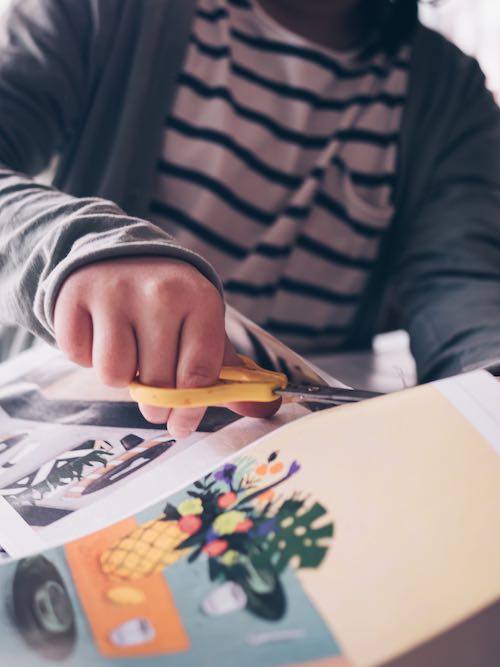


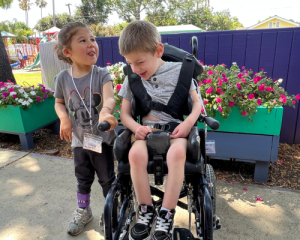
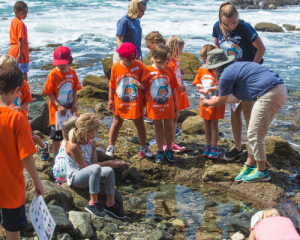
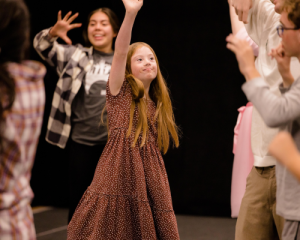
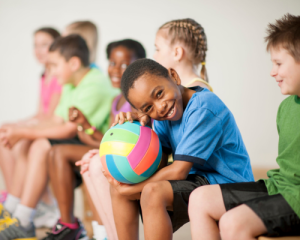
Leave a Reply